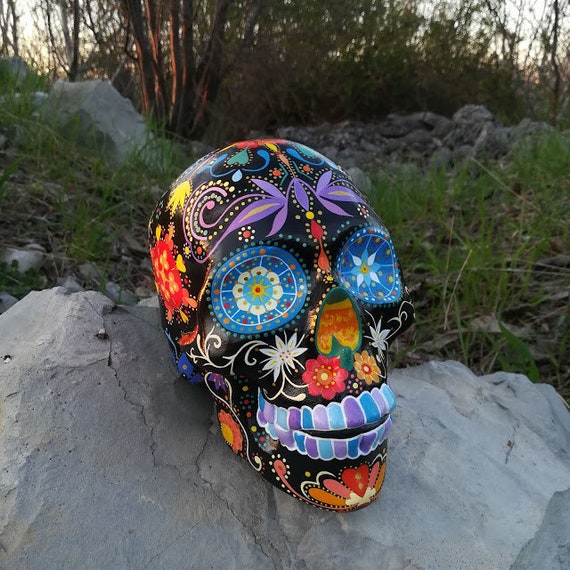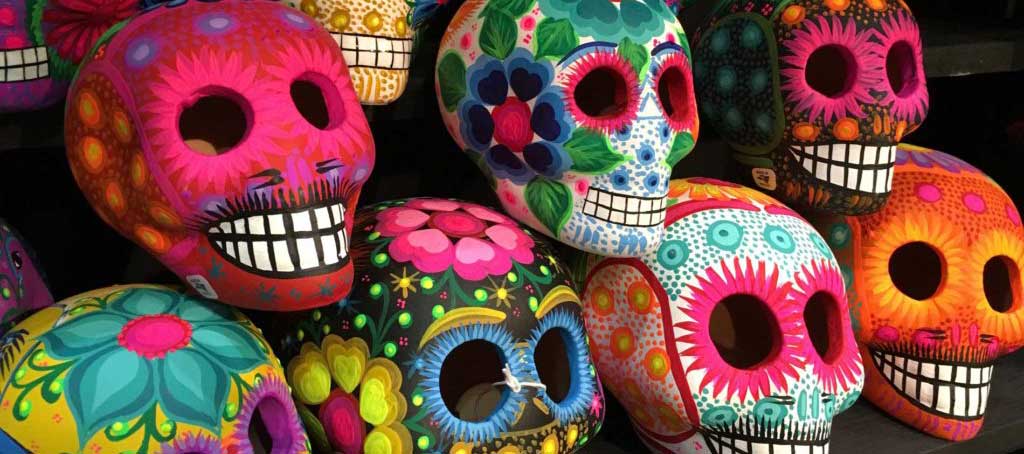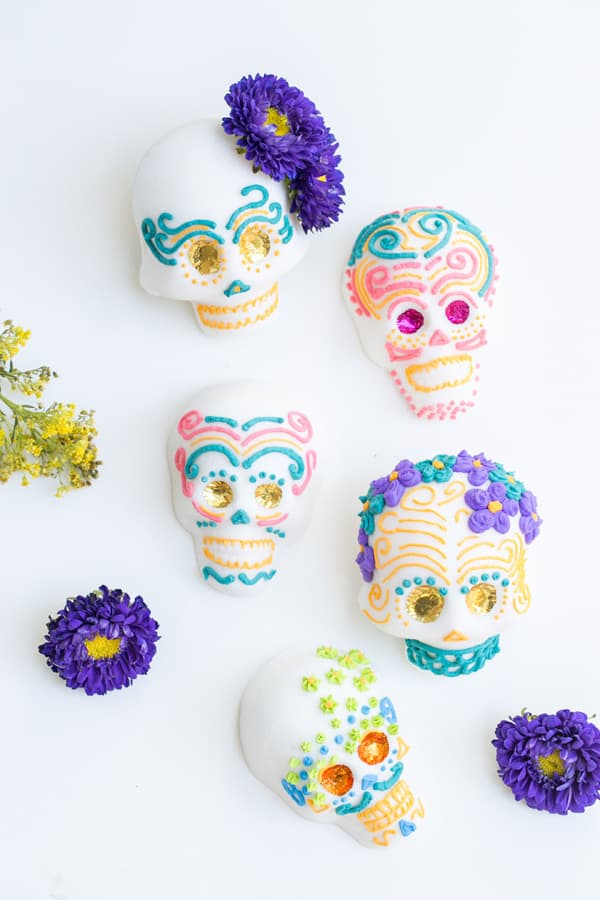When I first laid eyes on a beautifully crafted Mexican skull, I was captivated. The colors, the intricate designs, and the rich cultural importance behind these pieces spoke to me in ways that mere decoration never could. Mexican skull decor, particularly associated with the Day of the Dead (Día de los Muertos) celebrations, is so much more than just art: it’s a celebration of life, death, and the cyclical nature of existence.
What is Mexican Skull Decor?
Mexican skull decor, or “calaveras,” encompasses a variety of artistic representations of skulls. Often made from materials such as ceramic, metal, or even sugar, these decorated skulls play a central role in the Day of the Dead festivities. The intricate designs often vary greatly, showcasing vibrant colors and patterns that reflect the personality of the deceased they honor.
The Cultural Significance of Skulls in Mexico
In Mexican culture, skulls represent the idea that death is not an end but a continuation of life. The celebration of Día de los Muertos offers families an opportunity to remember and honor their loved ones. This perspective transforms what is often seen as a grim symbol into one celebrating joy and remembrance.
The Origins of Calaveras
The tradition of using skulls as decor can be traced back to pre-Columbian times. Ancient Mexicans believed in a duality of life and death, and skulls represented both. Today, the tradition has evolved into colorful representations, especially prominent in artistic expressions during Día de los Muertos.
Different Styles of Mexican Skull Decor
There are numerous styles of Mexican skull decor, each offering a unique glimpse into the artistic expression within Mexican tradition. Here are some popular styles:

- Traditional Sugar Skulls: These are made from sugar and beautifully decorated with colorful icing, often placed on altars.
- Ceramic Skulls: Crafted from clay and often painted, these skulls serve as durable and decorative items.
- Metal Skulls: These are typically found in more contemporary settings, incorporating whimsical designs and often used as wall art.
- Textile Skull Decor: Fabrics featuring skull designs can be found in various forms, from pillowcases to wall hangings.
Where to Buy Mexican Skull Decor
If you’re looking to incorporate Mexican skull decor into your home, various outlets offer authentic pieces. Here are some top recommendations:

| Store Name | Type of Items | Location |
|---|---|---|
| Local Artisans | Handmade skulls, textiles | Throughout Mexico |
| Online Marketplaces (e.g., Etsy) | Customized items, unique designs | Worldwide shipping |
| Specialty Decor Stores | Ceramic and metal skulls | Various locations, both physical and online |
How to Incorporate Mexican Skull Decor into Your Home
Integrating Mexican skull decor into your home can be a joyful experience, adding personality and vibrancy to your spaces. Here are some tips on how to do it:

Living Room Ideas
- Accent Pieces: Use small skull sculptures or vibrant cushions with skull designs to bring a lively touch.
- Wall Art: Hang large, colorful skull art to create a focal point that sparks conversation.
Dining Room Inspirations
- Table Centerpieces: Consider a decorative skull as a centerpiece for a festive dinner.
- Tableware: Use plates and bowls with skull motifs to bring fun into mealtime.

Festive Decor for Celebrations
- Día de los Muertos Altars: Create a traditional altar with sugar skulls, photos of loved ones, and vibrant flowers.
- Seasonal Decor: Incorporate skull-themed items during Halloween or other celebrations to enhance your festive decor.
Pros and Cons of Mexican Skull Decor
As with any decor style, there are advantages and disadvantages to consider.

Pros
- Vibrant Colors: Enhances the aesthetic appeal of your home.
- Cultural Significance: Represents a rich tradition and serves as a conversation starter.
- Variety: Available in numerous styles and materials to fit different tastes and budgets.
Cons
- Overwhelming: Too many skulls can clutter a space and detract from other decor.
- Misinterpretation: Some may misinterpret the decor as morbid rather than celebratory.

Personal Experience: My Journey with Mexican Skull Decor
When I decided to decorate my living room with Mexican skull decor, I was a bit hesitant at first. Would my friends understand the cultural significance? Would I come off as insensitive? However, after immersing myself in the culture and gathering pieces that spoke to me, my space transformed into a vibrant reflection of my personality. My favourite is a large ceramic skull adorned with intricate floral patterns that immediately draws the eye. It’s a delight to explain its meaning during gatherings, making it a joyful addition to my home.
Frequently Asked Questions (FAQs)

1. What materials are commonly used for Mexican skull decor?
Common materials include sugar, ceramic, metal, and textiles. Each material offers different aesthetics and durability.
2. How can I tell if the skull decor is authentic?
Look for pieces made by local artisans, which often feature traditional designs and craftsmanship. Purchasing from reputable sources, such as artisan markets or specialty stores, can also ensure authenticity.
3. Is it appropriate to use skull decor outside of Mexican culture?
Yes, as long as it is approached with respect and an understanding of its significance. It’s important to acknowledge its cultural roots and share its story meaningfully.
4. Can I make my own skull decor?
Absolutely! Many DIY kits and tutorials can guide you in creating your own unique pieces, allowing you to express your creativity while honoring the tradition.
Conclusion
Mexican skull decor is not merely an aesthetic choice; it’s an inspiring way of embracing life, death, and everything in between. Whether you opt for traditional sugar skulls or contemporary metal designs, these vibrant pieces narrate stories of love, remembrance, and celebration. As you explore and incorporate skull decor into your own space, allow it to foster connections—with the culture, the art, and the memories that bring us together. Embrace the colors, embrace the joy, and most importantly, embrace the celebration of life!